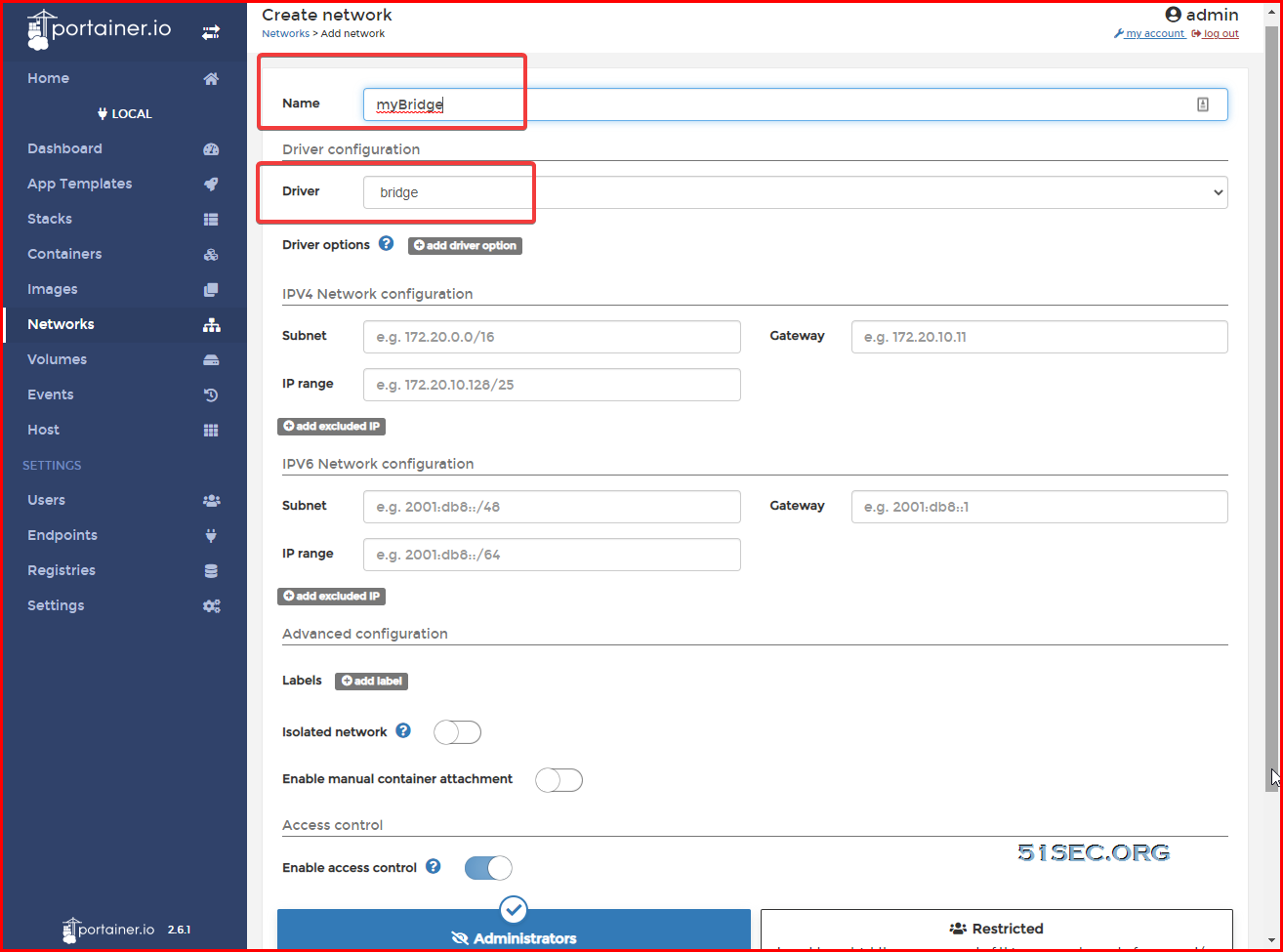This post is to show the steps how to use Portainer to create a custom template to launch your WordPress stack if default stack template is not working.
The default template works well for x86 / x64 architecture. Since I am use Arm64 based VPS to do installation, I am having this error message:
It is because they could not find the arm64 based matching image under that linux repository. What we will need to do to fix this issue is to create a custom template to change image name to right one.
Custom WordPress Template
Based on mysql/mysql-server’s supported tags to show, version 8.0 is supporting arm architecture. (https://ift.tt/3CiO5Vk) Lets change db’s image from image: mysql:5.7 to image: mysql/mysql-server:8.0 version: '2' services: db: image: mysql/mysql-server:8.0 volumes: - db_data:/var/lib/mysql restart: always environment: MYSQL_ROOT_PASSWORD: ${MYSQL_DATABASE_PASSWORD} MYSQL_DATABASE: wordpress MYSQL_USER: wordpress MYSQL_PASSWORD: wordpress wordpress: image: wordpress:latest ports: - 80 restart: always environment: WORDPRESS_DB_HOST: db:3306 WORDPRESS_DB_USER: wordpress WORDPRESS_DB_PASSWORD: wordpress volumes: db_data: |
Create subdomain for your new WordPress site
This is a simple step. Based on your domain name registrar, you can find out the management panel to add a new sub domain for your new workdpress site. Here is an example from my Cloudflare page.
Change Docker Network
| Change WordPress dockers network to the same network as Nginx. |
Nginx Configuration
Create Nginx configuration file for WordPress site:
root@560e40a1e1d2:/etc/nginx/conf.d# cat arm1wp.conf server { listen 80; server_name arm1wp.51sec.eu.org; location / { proxy_pass http://mywp_wordpress_1; proxy_http_version 1.1; proxy_read_timeout 300; proxy_set_header Upgrade $http_upgrade; proxy_set_header Connection "upgrade"; proxy_set_header Host $http_host; proxy_set_header X-Real-IP $remote_addr; proxy_set_header X-Real-PORT $remote_port; } }
YouTube Video:
from Blogger http://blog.51sec.org/2021/08/using-portainer-to-create-custom.html




